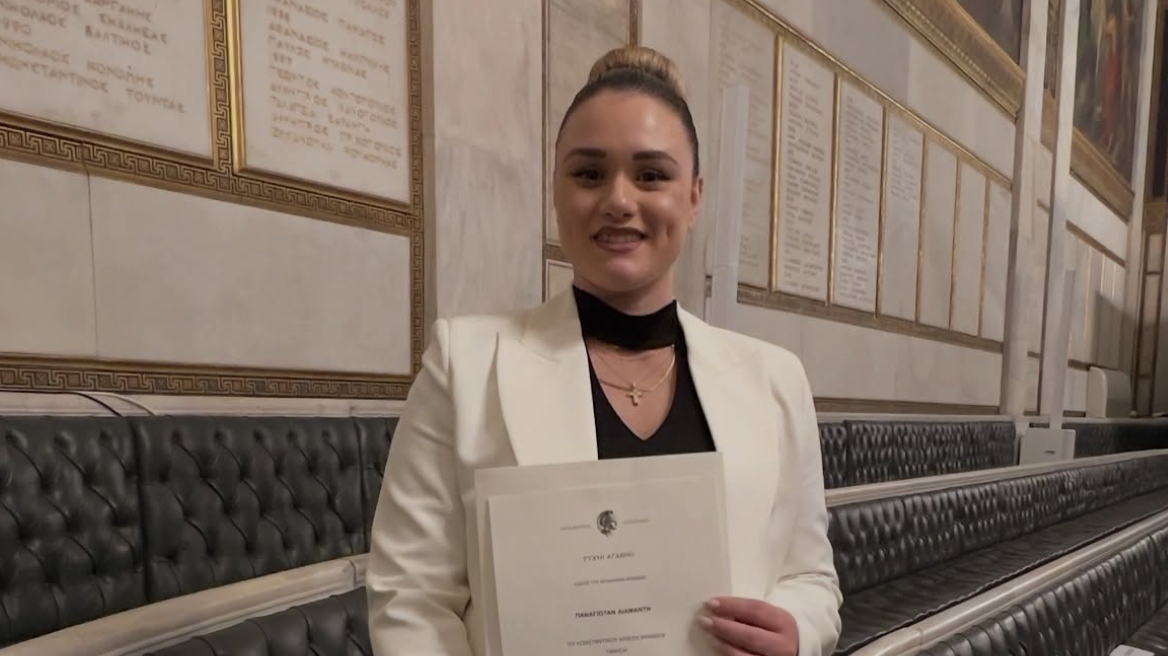Born in Stillorgan, County Dublin, Orpen was a fine draughtsman and a popular painter of the well-to-do in the period leading up to World War I.
He was involved in the "Celtic revival" in Ireland and took part in the attempt there to find a visual counterpart to the birth of new national literary language (McConkey 2005). Although his studio was in London, he spent time in Ireland painting, he was a friend of Hugh Lane and influenced the Irish realist painters, like Sean Keating, who were beginning their careers at that time.
Orpen's wife was Grace Knewstub, whom he married in 1901 and with whom he had three daughters. The marriage was not happy, and the painter eventually ran off with one of his sitters, Madame Saint-George, a wealthy young married woman whom he painted around 1912.
Like Sir John Lavery, Orpen was an official war painter of the First World War. In 1917 he travelled to the Western Front and produced drawings and paintings of privates, dead soldiers and German prisoners of war along with official portraits of generals and politicians. His large paintings of the Versaille Peace Conference captured the political wranglings and the vainglory of the gathered politicians and statesmen, whom Orpen came to loathe but relied upon for post-war commissions. Most of these works, 138 in all, he gave to the British government on the understanding that they should be framed in simple white frames and kept together as a single body of work. They are now in the collection of the Imperial War Museum in London. For his war work, he was made a Knight Commander of the Order of the British Empire (KBE) in the 1918 King's birthday honours list. He was elected a Royal Academician (member of the Royal Academy of Arts) in 1919.
He was deeply affected by the suffering he witnessed in the war and his 'To the Unknown British Soldier Killed in France first exhibited in 1923 showed a flag draped coffin flanked by a pair of ghostly and wretched soldiers clothed only in tattered blankets. Although widely admired by the public, this picture was attacked by the press and Orpen painted out the soldiers before the painting, which had originally been dedicated to Field Marshal Haig, was accepted by the Imperial War Museum in 1927.
Orpen died aged 53 in London, and was buried at Putney Vale Cemetery. A stone tablet in the Island of Ireland Peace Park Memorial, Messines, Belgium, commemorates him.


Δεν υπάρχουν σχόλια:
Δημοσίευση σχολίου